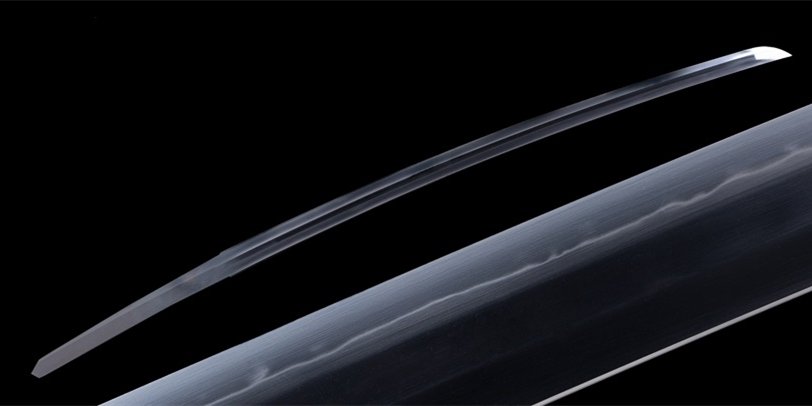Maru steel is a traditional Japanese steel commonly used to forge katana swords. The term "maru" refers to the type of smelting and forging process used to make steel. Maru steels are typically made by repeatedly folding and hammering the steel to create a homogenous and fine-grained structure.
Traditionally, Maru steels are made by using tamahagane as the raw material, Tamahagane is a type of steel made from iron sand, it's known for its high quality and is considered a premium steel. The iron sand is heated in a clay furnace. This process removes impurities and leaves high-carbon steel. The resulting steel is then folded and hammered to create a homogenous and fine-grained structure. The folding process is done to remove impurities and create a uniform steel that is hard yet flexible.
Nowadays, modern steels are already with a very low level of impurities. There are generally three nuances in forging of katana blade:1045, 1060 and 1095. These three types of steel correspond respectively to 0.45, 0.6 and 0.95% of carbon. The higher the carbon content, the more metallurgical work is important and, therefore more expensive.
1045 steel is a hard steel with great flexibility, it’s a good choice to learn about cutting because it forgives mistakes. Steels 1060 and 1095 are very hard steels. 1095 steel corresponds to superior quality in this range of materials, its blade is very hard and sharp, but on the flip side it is not very flexible and brittle during poorly executed cuts.

